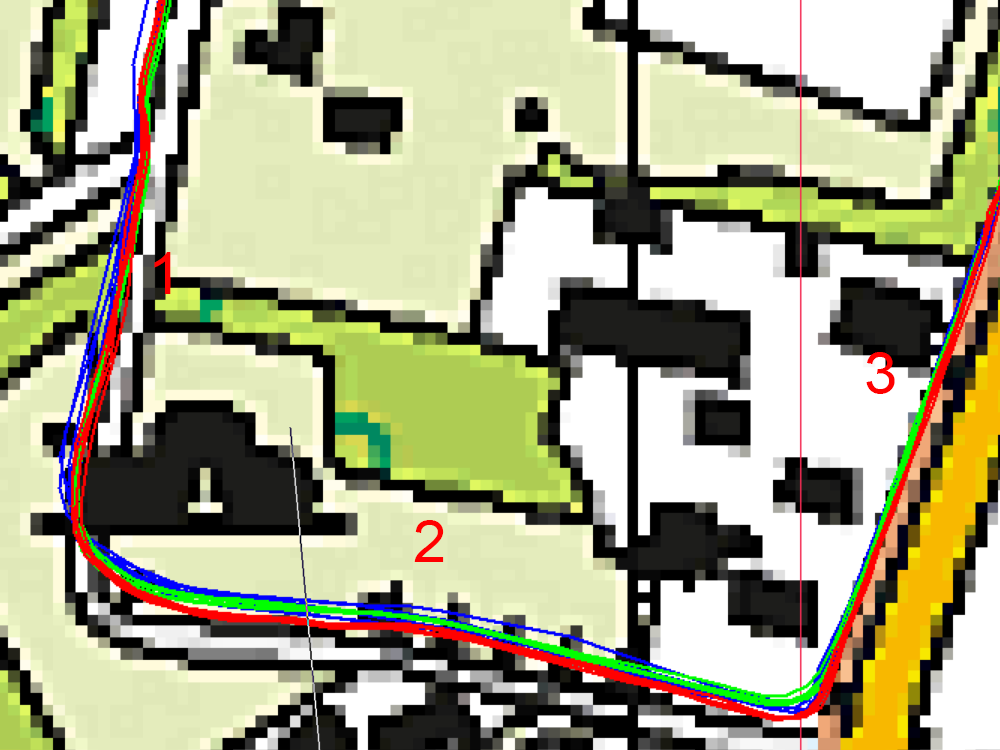I compared the accuracy of my recently acquired GPSMAP67 to my Garmin Fenix7 (wristwatch) and Garmin Edge1040 (bikecomputer) and to be honnest I am surprised and disappointed (since accuracy is a sellingpoint on which I bought this device). I took all on a 37 km mountain bike trip through the forrest.
On all three I enabled GNSS/multiband. (GPSMAP 67: GPS, Glonass, Galileo, Beidou; indicated error: 1.8 m)
GPSMAP recording: auto, most frequently
Throughout the entire 37km ride the GPSMAP67 shows deviations with respect to the other two. Some examples:
red: Edge1040
blue: Fenix7
green: GPSMAP67
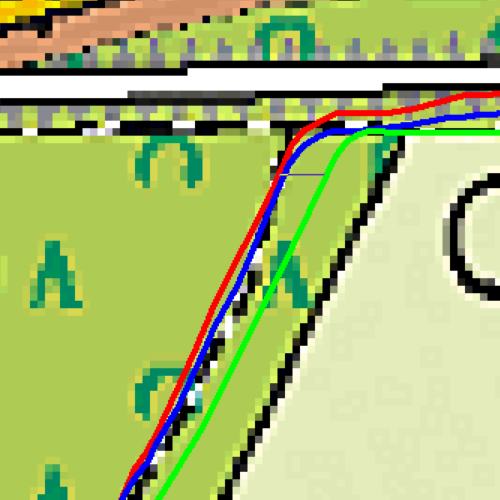
Deviation: 12 m, beginning of the ride
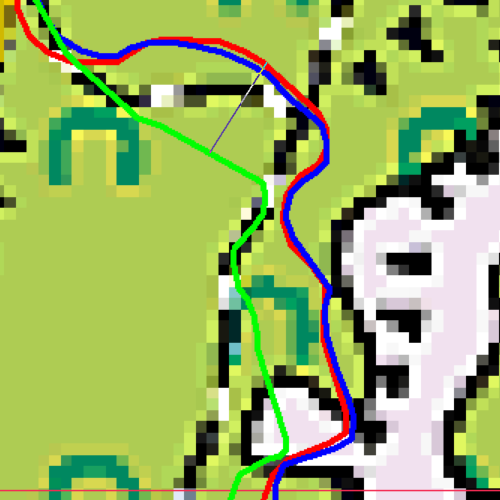
Deviation: 19 m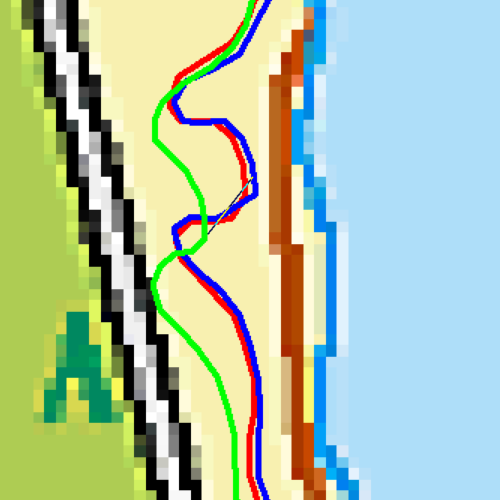
Deviation 11m
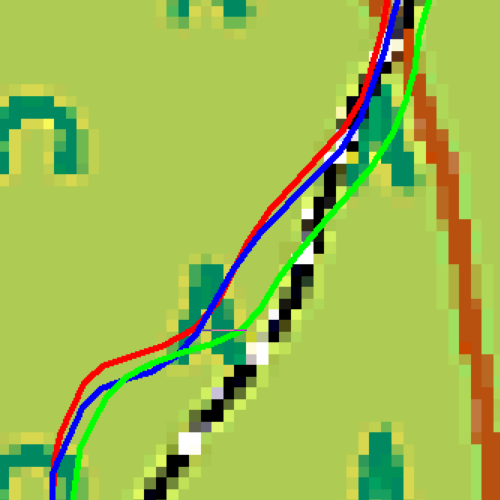
Towards end of track it seems to get slightly better: deviation 8 m; also occasional deviation between Fenix and Edge of 4 m
You might argue that both the Edge 1040 and Fenix are off, but next image shows that the GPSMAP 67 doesn't agree with itself. In this picture I used the same bicycle path twice to get to and from the MTB trail:
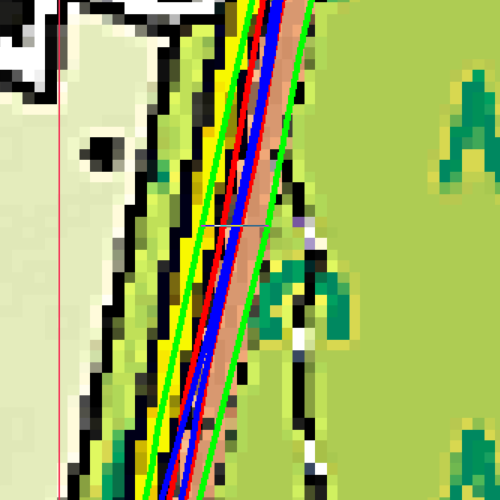
Deviation up to 10-12 m, whereas the distance should be at most 2 m
As advised in this thread I'll try the interval recording instead of auto because in my backyard it seems to show accurate logging.
Any ideas how to improve?



